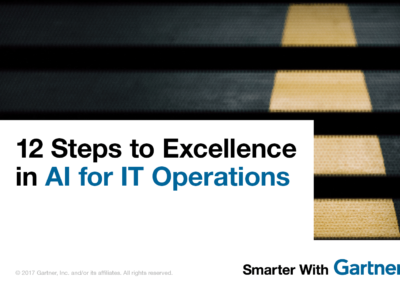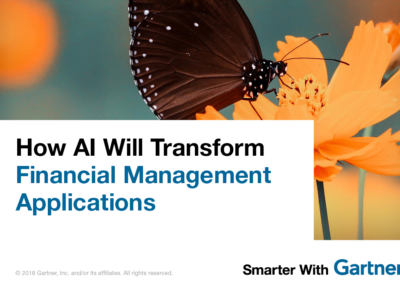With advances in virtual personal assistants (VPAs), your voice will be the application that manages your connected home.
Last year many virtual personal assistants (VPAs) gave consumers their first glimpse into the future. This year the integration of VPAs with smart, connected homes will see much broader adoption.
VPAs will certainly be a hot topic at Mobile World Congress this year. Jessica Ekholm, research director at Gartner, will be attending the event, and she’s shared her thoughts regarding the impact of VPAs on our lives
Q: Artificial intelligence is getting a foothold in people’s homes, with VPAs controlling connected devices. How will VPAs change the way we interact with traditional apps?
A: The short answer is yes. 2017 will be an interesting year for the connected home and the market for VPAs, with big forces at play. These include interest in, and uptake of, big-brand products, such as Amazon Alexa-enabled devices, Google Home and Apple HomeKit.
In 2017, we will see increased integration and use of voice technology in connected-home products, accelerated by the licensing of platforms and devices to third parties. In addition, we will see a stronger push toward smarter connected-home products powered by machine learning. Gartner forecasts that, by the end of 2020, end-user spending on VPA-enabled wireless speakers will reach $2.1 billion.
The use of VPAs in homes will make home automation and control easier, as it will shift focus away from the current usual approach, which is to use a mobile phone and apps to control the home. For example, having to carry a smartphone around the home, and find the correct app, in order to turn the lights on and off does not amount to a seamless, convenient experience. Voice control will be more intuitive and more convenient.
Q: Is voice the “new touchscreen” for devices?
A: The human voice plays a powerful role in enabling a natural and intuitive user interface for devices. That said, the experience is only as good as the technology that supports it. There are still some technological challenges linked to voice adoption and usage across devices.
Improvements in speech recognition, biometric identification via voice and conversational experiences are needed before voice technology for devices can achieve broader adoption. In terms of enhanced conversational experiences, the ability to move away from fixed commands to conversations between people, VPAs, bots and so on (for example, with interactive voice response systems) requires not only speech recognition in devices, but natural-language processing and AI-rich conversation platforms.
Q: Home-monitoring and home automation applications are among the most used technologies in connected homes. How much does it cost to have such a home?
A: Currently, home owners can get a rudimentary connected home for less than $100, which would include a smart plug and an app. However, they need to spend several hundred dollars in order to get a truly connected home, including a VPA-enabled wireless speaker, a smart lighting kit, door and window sensors, smart locks and home-monitoring cameras.
Consumers are increasingly looking for one app for one integrated smart ecosystem.
They also need to be aware that the more connected “things” there are, the more chance there is that they will have to use multiple apps to control and monitor their home. We know from Gartner’s 2016 survey of people’s use of personal technology, however, consumers are increasingly looking for one app for one integrated smart ecosystem. As a result, for connected-home products to achieve mass-market adoption, continued efforts are needed to integrate providers and apps. The industry is moving toward further integration with the API ecosystem, and there are a growing number of connected home cloud hubs that help users enjoy a more seamless experience at home.
Get Smarter
Client Research
Clients can read more on the future of the connected home in “Hype Cycle for the Connected Home, 2016.”
Internet of Things Hub
Visit Gartner Internet of Things Hub complimentary research, more articles and webinars.










